What's new with nanotechnology? Probably everything! They are breaking through and feeding all disciplines: physics, medicine, chemistry or ecology. They allow to control the manufacturing processes of nanostructures, to measure their physical, chemical and biological characteristics,... and to integrate them into larger structures. The result is countless applications and as many challenges to be met, both scientific and societal. The techniques are being perfected and promise to revolutionize our daily lives.
A real scientific challenge
On a very small scale, some physical properties appear, others disappear. Some are improved or disturbed: lightness, resistance, conductivity, thermicity, adhesion, magnetism or even aesthetics... It is then impossible to rely on the classical laws of physics to observe, understand and manufacture nano-objects. The domain of the nanometre is, in fact, governed by the rules of quantum mechanics.
 The miniaturization of chip components is a major scientific challenge for the processing of data from this research. It promises largely amplified powers for all electronics, from computing speeds to the storage capacities of hard disks. An Intel computer processor, which contained 2,300 transistors in 1971, now contains 50,000 times more. And soon, the development of a quantum computer could see the light of day thanks to the nanocrystals, nanowires, nanocomposites and molecular electronics under study.
The miniaturization of chip components is a major scientific challenge for the processing of data from this research. It promises largely amplified powers for all electronics, from computing speeds to the storage capacities of hard disks. An Intel computer processor, which contained 2,300 transistors in 1971, now contains 50,000 times more. And soon, the development of a quantum computer could see the light of day thanks to the nanocrystals, nanowires, nanocomposites and molecular electronics under study.
To do this, researchers must overcome the physical limit of integrated circuits on silicon (reached as early as 2010 according to Moore's Law) by creating new optical, rather than electrical, architectures. But knowledge in the quantum field has "been going in circles since the 1930s," notes Christian Joachim of the Centre d'élaboration de matériaux et d'études structurales (Cemes), a CNRS laboratory in Toulouse.
Behind nanotechnology, experts from different disciplines are trying to develop systems not found in nature: experimental devices, nanomachines and nanorobots such as the first molecular wheelbarrow that originated in France. Equipped with two wheels, two "arms" and two "feet", it catches the atoms and deposits them further.
 The "bottom up" approach, based on chemical principles, makes it possible to create artificial objects (synthetic molecules, aggregates) - which do not exist in the natural state - using atoms and molecules.
The "bottom up" approach, based on chemical principles, makes it possible to create artificial objects (synthetic molecules, aggregates) - which do not exist in the natural state - using atoms and molecules.
Synthesized by Christian Joachim's team at CEMES in Toulouse, this nanowheelbarrow, with its two wheels, two arms and two feet, is capable of catching an atom underneath it and depositing it further away. These nanomachines, which for the moment have to be pushed with a nanopoint to move forward, may herald the nanorobots of tomorrow. CEMES / CNRS
The construction of "molecular factories" with conveyors, articulated arms and conveyor belts is also planned. The objective? To build machines with as few atoms as possible. But beware, the slightest vibration or dust prevents any manipulation. Without mentioning the difficulties of power supply and data storage on such a small scale...
If there is one multidisciplinary sector, it is nanotechnology! From nano-objects, physicists are developing nanoelectronics, electromagnetism and optics. With the help of engineers, they provide nanosciences with supercomputers to process more information, or machine tools (such as quantum enclosures to visualise the undulatory nature of particles, etc.).
Biologists, on the other hand, examine mechanisms and interactions at the molecular level to develop new models and initiate more precise diagnoses, even drug treatments... And the sector most concerned remains that of chemistry, which builds new molecules at the nanoscopic scale and combines them with raw materials to create hybrid structures, such as conductive plastics.
These new techniques pave the way for countless developments in materials, electronics, pharmaceuticals, the chemical industry, aerospace or for sustainable development. By adding, for example, nanoparticles on the surface or at the heart of current structures, they will become "intelligent", i.e. adaptive. Advances in photonics will rapidly make solar energy very profitable. Metallic nanoparticles will improve the efficiency of catalysis, i.e. accelerate chemical reactions without the addition of solvents. Membranes with nano-sized pores will filter air and water more effectively, in order to purify them by oxidizing organic molecules (viruses, bacteria, pesticides, etc.) or to desalinate them, for example. Transport vehicles will be lighter to consume less, while being safer thanks to reinforced bodywork, more resistant tires,...
 Working on the scale of the atom, the task is therefore not simple. To achieve this, teams around the world are developing new tools. In France, this titanic challenge - reminiscent of the exploration that preceded the invention of the steam engine or the integrated circuit - attracts many specialists ...
Working on the scale of the atom, the task is therefore not simple. To achieve this, teams around the world are developing new tools. In France, this titanic challenge - reminiscent of the exploration that preceded the invention of the steam engine or the integrated circuit - attracts many specialists ...
Nanoscience on the move
Already 35 countries have embarked on the "Nano" innovation race: six major research teams in the United States manipulate matter atom by atom every day, five in Germany, two in France, two in Switzerland, two in China, two in Japan, one in Singapore... Public or private, research on nanosciences and nanotechnologies represents an annual international budget of nine billion dollars, according to the American National Nanotechnology Initiative programme.
The main global research and development efforts are provided by the United States, Japan, and the European Union: three billion dollars are invested across the Atlantic, and more than one billion in Europe. Leading the European dynamic are Germany and the United Kingdom, each with 250 and 200 million euros.
In France, from the end of the 1990s, major importance was given to nanotechnologies via the CNRS and the CEA (Commissariat à l'énergie atomique). Since then, the scientific community has continued to invest in this field of research, injecting 150 million euros each year. In 2002, nanoscience became one of the five interdisciplinary priorities of the CNRS, which now employs a total of 3,500 researchers, engineers, technicians, teachers and doctoral students in this field, 1,000 of whom are permanent employees.
In 2005, 166 laboratories associated with the CNRS contributed their grey matter to the advancement of nanotechnologies, out of 190 identified in the territory by ERA Net (the network for coordinating regional and national actions for European research).
Major French projects
A commitment to the size of a great ambition. Faced with global competition, French research is getting organised. Strategic groupings between laboratories and companies are being formed, supported by national and European research policies. Here is an overview of this network in France.
As early as 1999, a National Micro and Nanotechnology Programme had been set up by the Ministry in charge of research. The aim? To promote the emergence of innovative specialized institutions. Propelled as a priority programme since 2005 via the National Network in Nanosciences and Nanotechnologies (R3N) by the National Research Agency (ANR), it has given rise to thirteen major nanotechnology centres. They pool massive and expensive national equipment (clean rooms, scanning microscopes, etc.) and encourage external collaborations for ambitious projects.
This network is already beginning to bear fruit. Two examples: a new source of medical and industrial imaging has been found, via the emission of teraHertz radiation from a nanotransistor, in Lille in collaboration with researchers in Montpellier. In Paris this time, semiconductor nanoparticles a few nanometres in diameter improve real-time visualization of neuron function.
There are five different power plants:
In addition to this, there are the C'NANO Competence Centres, set up in 2004 and 2005 in Ile de France, Grand Est, Sud Est, Rhône-Alpes and Grand Sud-Ouest.
At the regional level, they promote multidisciplinary research work. How do they do this? By each linking several dozen local laboratories with various specialties, including the Paris Institute for Nanosciences (INSP). This entire national organization is, of course, based on the two major networks of public establishments: EPIC (Public Industrial and Commercial Establishments) and EPST (Public Scientific and Technical Establishments), as well as universities.
The EPICs and the EPSTs:
Valuation side now. In order to transfer the bubbling activity of these laboratories, Research and Technological Innovation Networks (R2IT) were launched in 1998 and 1999. They support projects directly linked to economic or societal needs. The objective: to promote the creation, or growth, of SMEs and SMIs (small and medium-sized enterprises and industries). Three networks exist, guided by the strategic intelligence of some 200 experts from the Observatory of Micro and Nano Technologies (OMNT) :
- the Micro and Nanotechnology Network (RMNT), which plays the multidisciplinary card: electronics, mechanics, optics, chemistry, biology, etc.
- The National Materials and Processes Network (NMPN) whose projects range from the design of new materials to the improvement or substitution of traditional materials, from the study of behaviour and ageing to development and machining processes.
- As well as the National Telecommunications Research Network (RNRT) for the future of multimedia, the Internet, mobile phones as well as the diversity of satellites.
Moreover, in this territorial context, how can we fail to mention industrial initiatives! Many multinationals, such as Eads, Arkema, Rhodia, STM Microelectronics, Baikowski-Chimie, Airbus France, Michelin, L'Oréal, Atofina, St-Gobain, Air Liquide or Snecma, as well as regional SMEs (DGTec, Alchimer, Inanov...) are developing major research programs in partnership with public laboratories.
The ERANET "NanoSci-ERA" was created by the European Union and its implementation was entrusted to France by Pr Tomellini, head of the unit responsible for Nanosciences and Nanotechnologies of the EC DG Research.
The choice of France, and by ricochet of the CNRS, stems directly from France's policy of networking with the C'Nano and the unified leadership of the "ACI Nanosciences" in an open strategic inter-agency approach. NanoSci-ERA calls for tenders are addressed to the 17 national research agencies of 12 European countries: France, Germany, Austria, Spain, Finland, Israel, Italy, the Netherlands, Poland, Portugal, the United Kingdom and Slovakia.
In addition, to limit the risks associated with innovation investment, Eureka calls for projects between companies and research institutes exist between France, Germany, Austria, Belgium, Denmark, Spain, Russia, Finland, Greece, Hungary, Iceland, Ireland, Italy, Luxembourg, Norway, the Netherlands, Portugal, the United Kingdom, Slovenia, Sweden, Switzerland and Turkey.
This time, the ownership of innovations - in biotechnology, lasers, new materials or transport, for example - belongs to industry, even though the France still tops the list at the 5th place in the world.
(Source: CNRS - 2014)

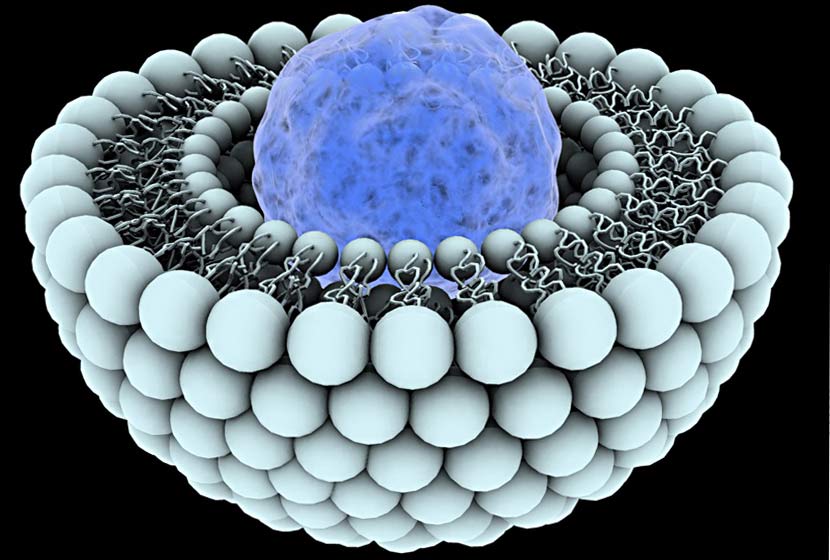
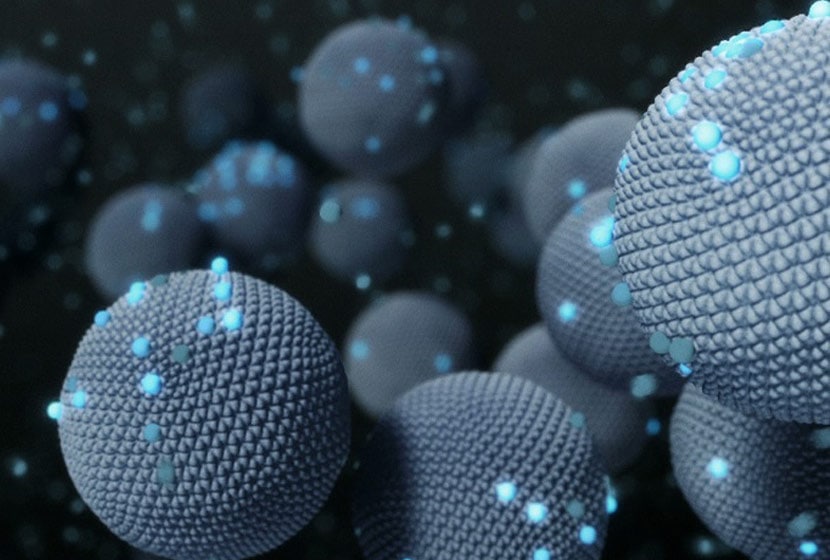
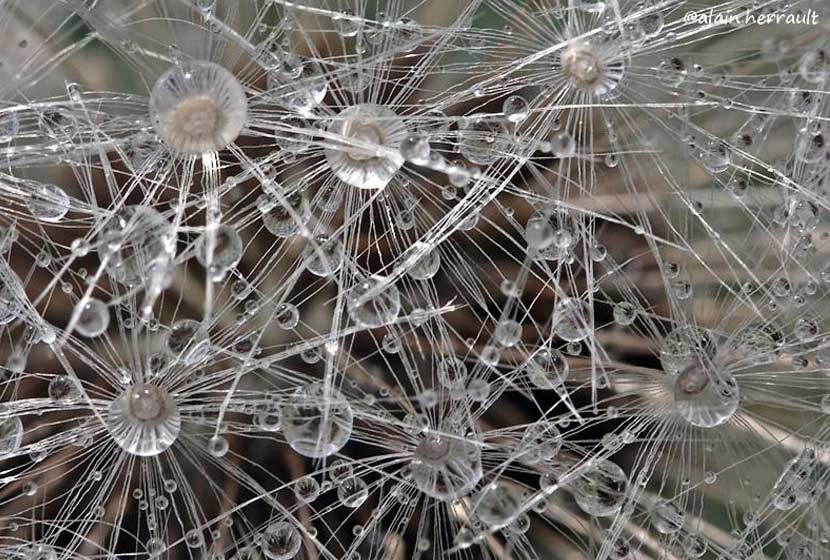


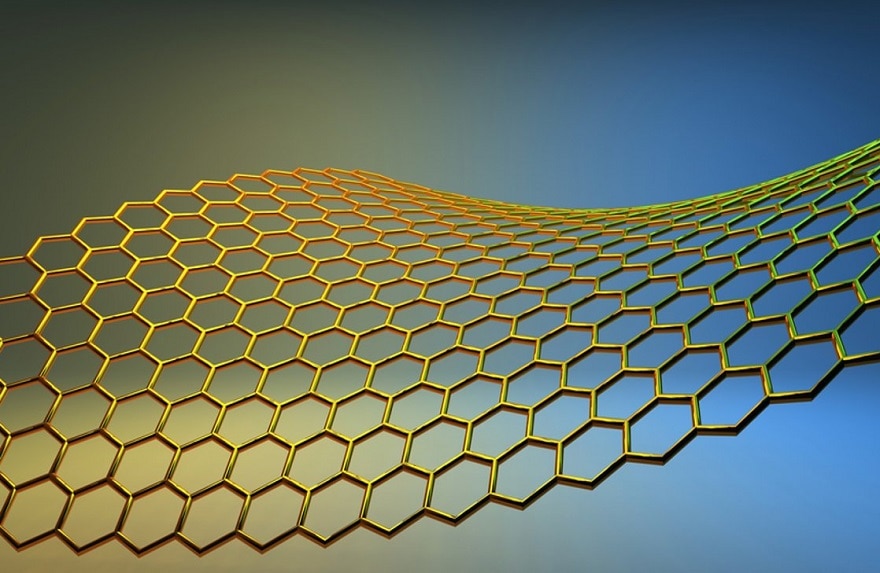

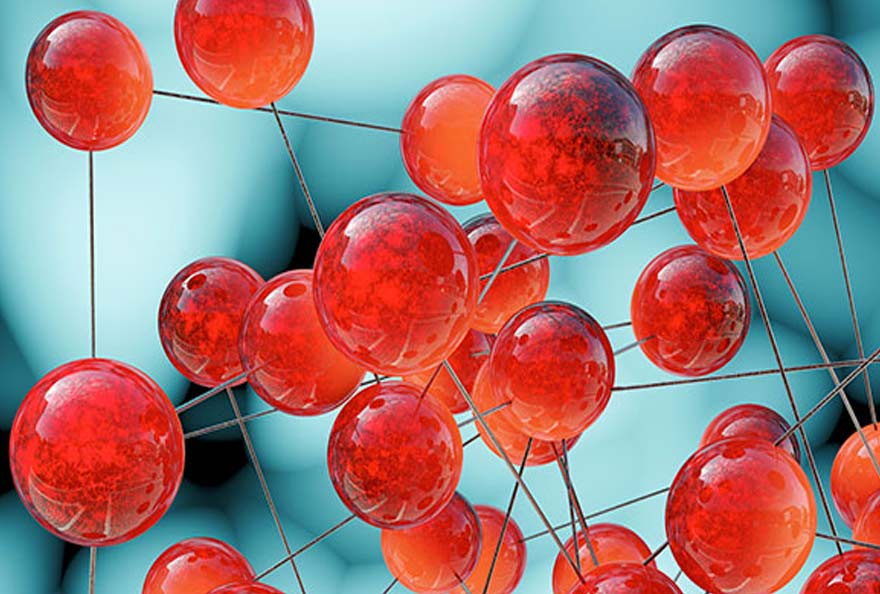




[…] Les défis du monde nano : Le renouvellement des techniques […]